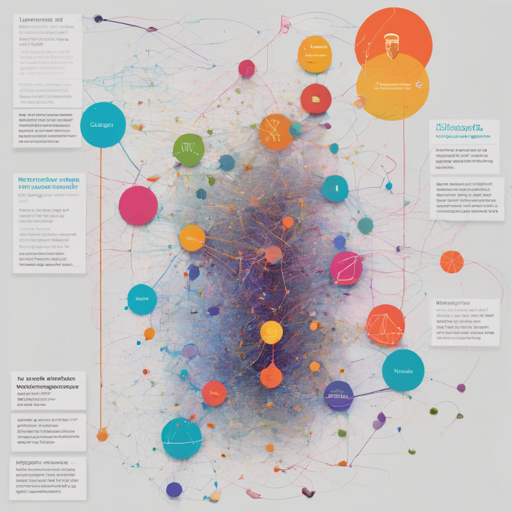In the burgeoning field of artificial intelligence and natural language processing (NLP), leveraging robust pretrained models can significantly boost the performance of tasks ranging from text classification to question answering. In this article, we will delve deep into the hoops and hurdles of using the MultiBERTs Seed 0 Checkpoint model, equipping you with the knowledge to harness this remarkable tool.
What is MultiBERTs Seed 0?
The MultiBERTs Seed 0 Checkpoint is a pretrained BERT model designed for handling the English language through masked language modeling (MLM) techniques. It enables the model to perform tasks like predicting masked words and deducing relationships between sentences through two key training objectives:
- Masked Language Modeling (MLM): The model randomly replaces 15% of the words in a sentence with a mask and aims to predict the original words based on the context.
- Next Sentence Prediction (NSP): Two sentences are concatenated, and the model determines if they are sequential or not, aiding in understanding the relationship between sentences.
Using MultiBERTs in Your Code
To utilize MultiBERTs in your PyTorch projects, you need to follow some straightforward steps. Think of it like preparing your kitchen before a big baking session – you want everything in place to ensure your cake rises perfectly!
Here’s a simple guide:
python
from transformers import BertTokenizer, BertModel
# Load the tokenizer and model
tokenizer = BertTokenizer.from_pretrained("multiberts-seed-0-2000k")
model = BertModel.from_pretrained("multiberts-seed-0-2000k")
# Replace with your desired text
text = "Replace me by any text you'd like."
encoded_input = tokenizer(text, return_tensors="pt")
output = model(**encoded_input)
Understanding the Code – An Analogy
Imagine you’re a chef preparing a gourmet meal (your NLP project). First, you need to gather your ingredients (tokenizer and model) from the pantry (Hugging Face Model Hub). You then chop and prep your ingredients (tokenize your input text) so they’re ready to be cooked (processed by the model). Finally, you mix everything into a pot (input to the model) and let it simmer (run the model) to enjoy a delicious outcome (the output features) that can enhance your dish (NLP task).
Limitations and Bias
While the MultiBERTs model boasts a diverse training dataset, one should be mindful of potential biases that may be present. To better understand these biases, consider testing the model with snippets from the Limitations and Bias section of the BERT base model checkpoint. This precaution is essential to mitigate unintentional biases that may affect your final outputs.
Troubleshooting Common Issues
If you run into problems while using the MultiBERTs model, here are some troubleshooting tips:
- Model Not Found Error: Ensure the model identifier (“multiberts-seed-0-2000k”) is spelled correctly and downloaded. Run an internet connection check to ensure you can access the Hugging Face model repository.
- Input Text Issues: Verify your input text does not exceed the model’s allowed token length (512 tokens). Adjust your text accordingly.
- Performance Issues: If your model runs slowly, consider running it on a machine equipped with a GPU to expedite processing.
For more insights, updates, or to collaborate on AI development projects, stay connected with fxis.ai.
Conclusion
By navigating through the intricacies of utilizing the MultiBERTs Seed 0 checkpoint, you’re well on your way to enhancing your NLP projects with a powerful model designed for versatility and effectiveness. At fxis.ai, we believe that such advancements are crucial for the future of AI, as they enable more comprehensive and effective solutions. Our team is continually exploring new methodologies to push the envelope in artificial intelligence, ensuring that our clients benefit from the latest technological innovations.

